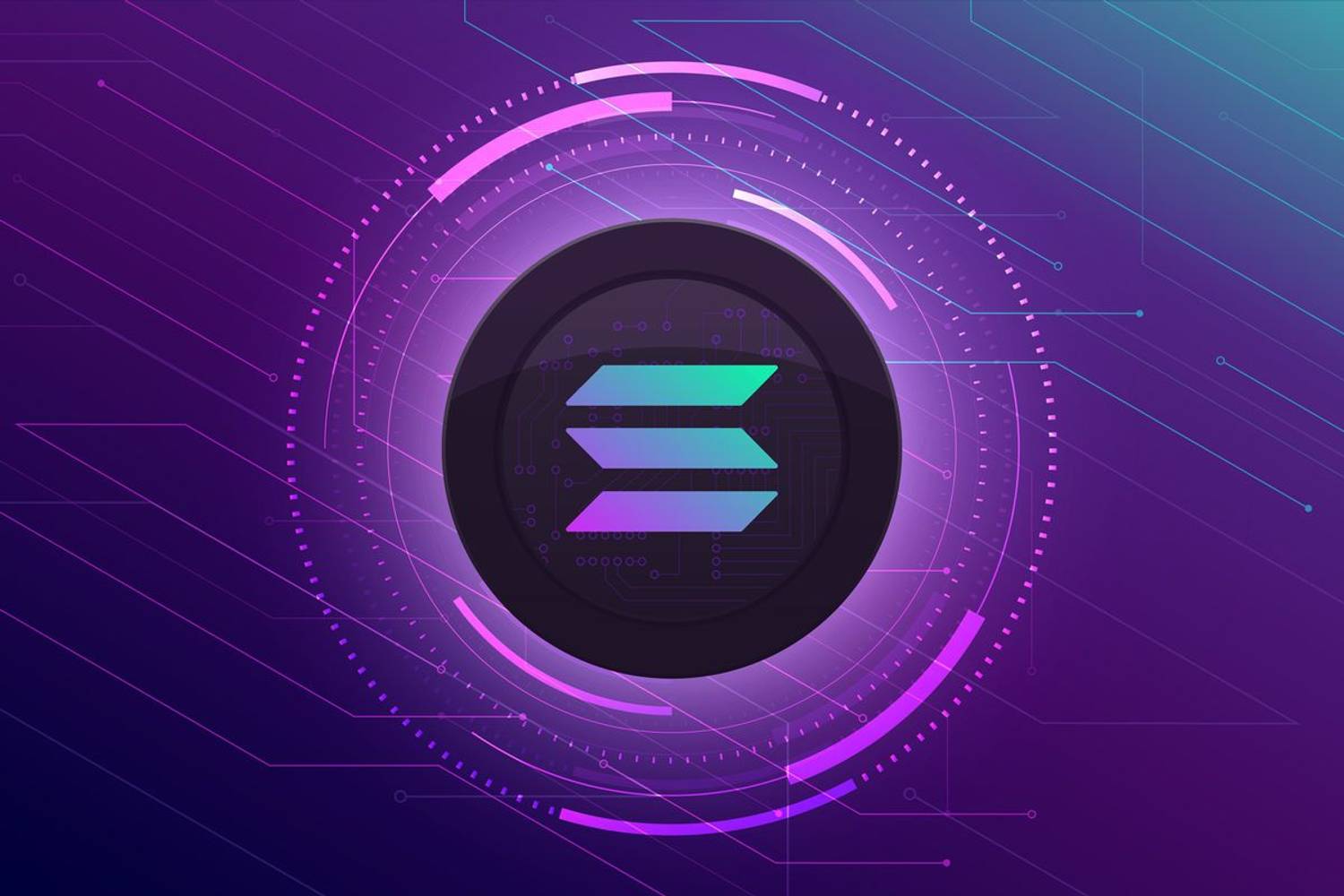
Does Rarity Matter for NFTs?
NFTSs have taken the world by storm, rapidly gaining popularity in the realms of art, gaming, and collectibles. With NFTs, creators can tokenize and sell their work with the assurance of uniqueness. However, one aspect that often sparks debate is the importance of rarity in the NFT ecosystem.
- Published:
- Edited:
Non-fungible tokens (NFTs) have taken the world by storm, rapidly gaining popularity in the realms of art, gaming, collectibles, and other digital assets. With NFTs, creators can tokenize and sell their work with the assurance of uniqueness and provenance. However, one aspect that often sparks debate is the importance of rarity in the NFT ecosystem. In this article, we will explore whether rarity matters and its potential impact on the value and desirability of NFTs.
Understanding Rarity in the NFT Space
Rarity refers to the scarcity or uniqueness of an asset. In the context of NFTs, rarity can be influenced by factors such as the number of editions, the uniqueness of the asset's attributes, and the popularity of the creator. The digital nature of NFTs allows for easier quantification and verification of rarity compared to physical collectibles.
Why Rarity Matters
Perceived Value: Rarity can impact an NFT's perceived value. A scarce or one-of-a-kind asset is often seen as more valuable than a common or easily replicable one. This notion of value is rooted in human psychology and the appeal of owning something unique or exclusive.
Investment Potential: Rarity plays a crucial role in driving investments in the NFT market. Collectors and investors are more likely to purchase rare NFTs, believing that their scarcity will help maintain or increase their value over time. This speculative behavior can significantly influence the NFT market and its trends.
Creator Reputation: A creator's ability to produce rare and desirable NFTs can enhance their reputation and influence within the NFT community. A strong reputation may lead to increased demand for their work and higher prices for their creations.
Community Building: Rarity can also be used to build communities around specific NFT collections or platforms. Collectors often seek to acquire complete sets or rare items, driving engagement and fostering connections within the community.
Rarity Isn't Everything
While rarity can be a significant factor in determining an NFT's value, it is essential to remember that it is not the only factor. Here are some other aspects that can also influence the desirability and value of NFTs:
Aesthetics: The artistic or visual appeal of an NFT can significantly impact its value. A beautifully designed NFT might attract more attention and command a higher price, even if it is not particularly rare.
Utility: NFTs with utility, such as in-game assets or virtual real estate, can have value beyond their rarity. Their usefulness in a particular ecosystem can make them more desirable to users, increasing their demand and price.
Creator Popularity: The reputation and popularity of a creator can have a substantial influence on an NFT's value. A well-known artist or celebrity may attract more attention and demand for their NFTs, regardless of rarity.
Historical Significance: NFTs with historical significance, such as the first-ever NFT or an iconic piece of digital art, may command high prices due to their importance in the evolution of the NFT ecosystem.
Conclusion
Rarity undoubtedly plays a crucial role in the NFT ecosystem, impacting perceived value, investment potential, creator reputation, and community building. However, it is essential to consider other factors, such as aesthetics, utility, creator popularity, and historical significance, when evaluating the value and desirability of NFTs. In the ever-evolving world of digital assets, understanding the complex interplay of these factors is vital for both creators and collectors in the NFT market.


